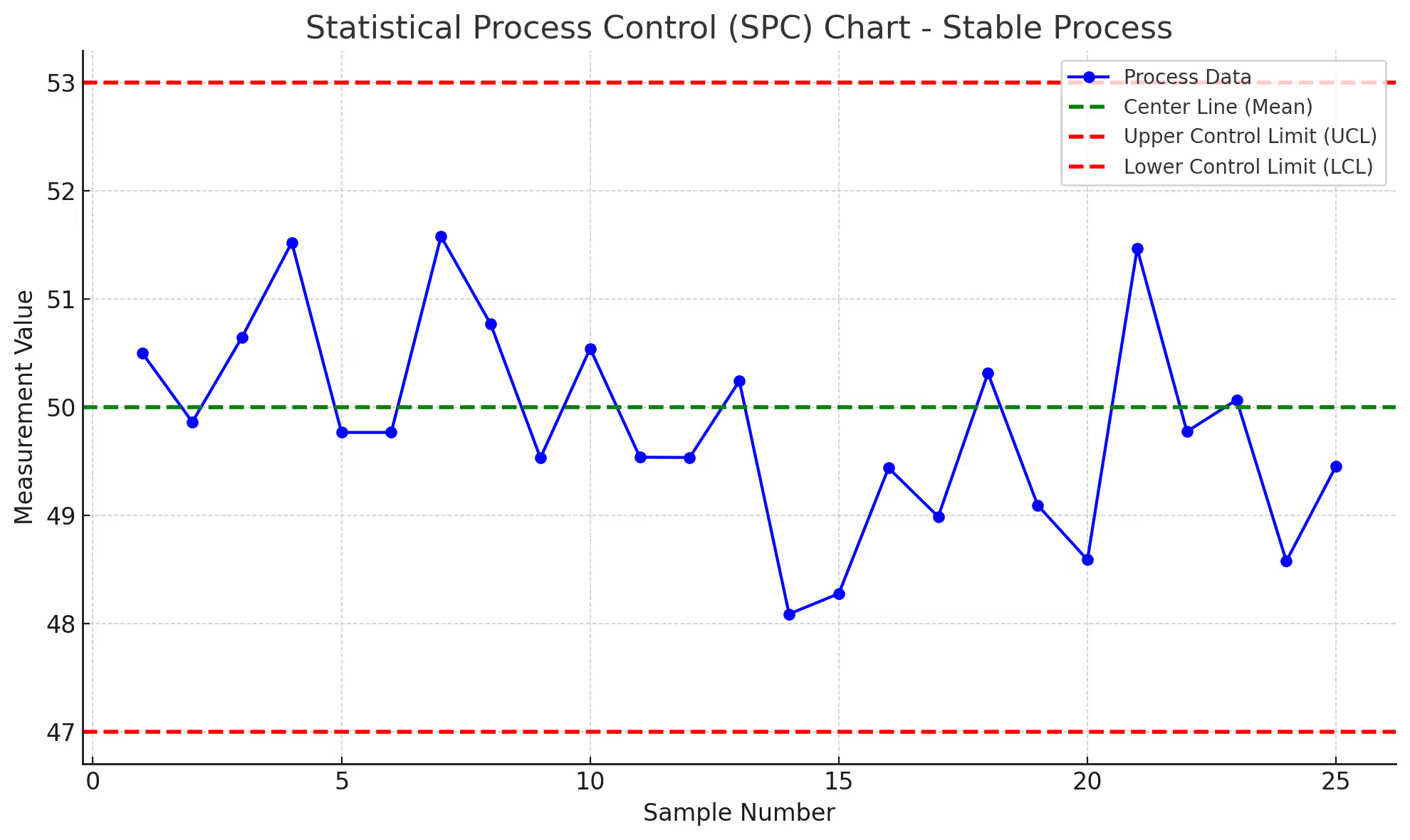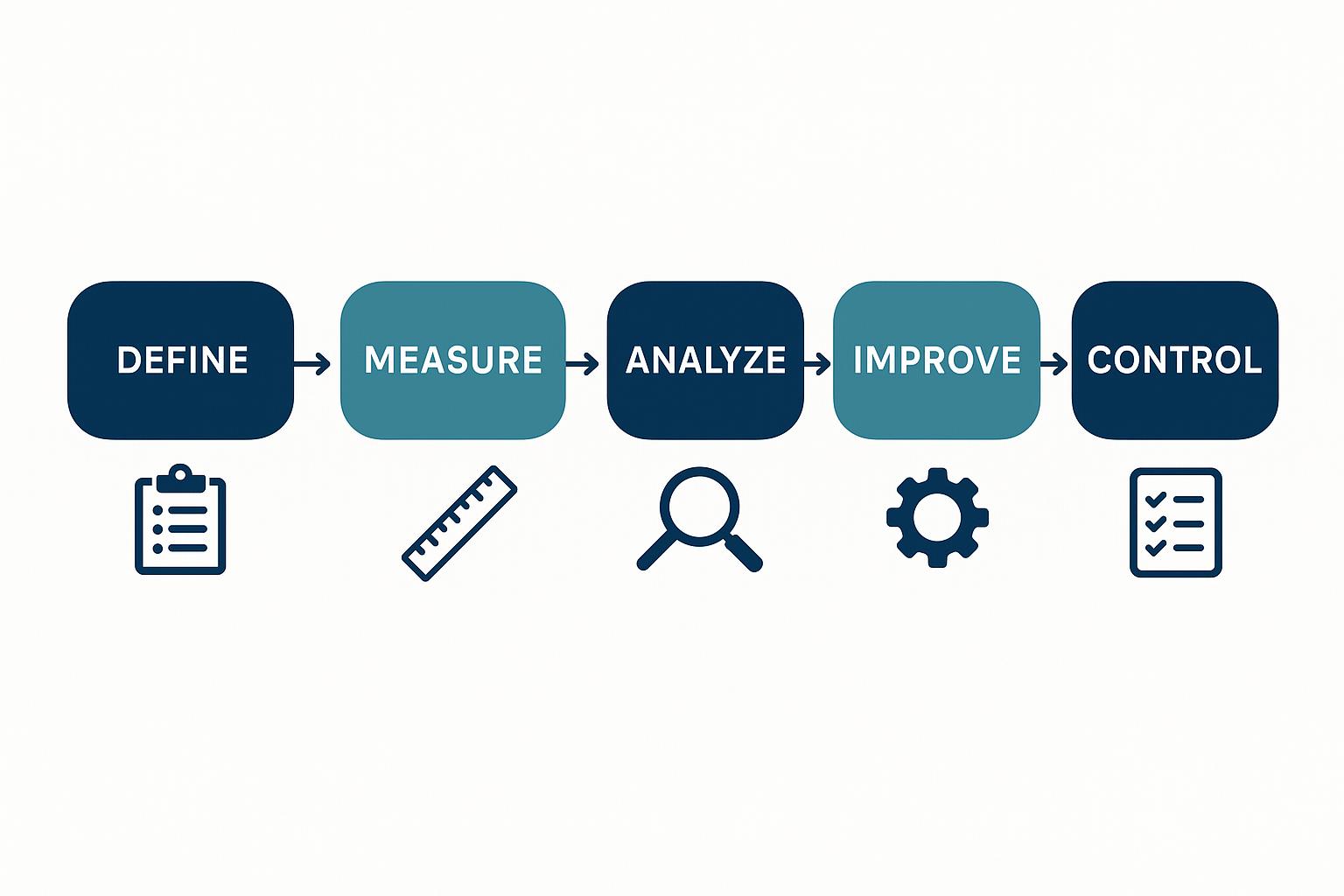🎯 Quick Definition
What is the hidden pattern in operational excellence?
The hidden pattern is that organizations with the best operators consistently create the worst documentation. Expert knowledge becomes so refined and intuitive that practitioners don't recognize or document their critical micro-adjustments, leading to performance degradation when they leave.
Key Statistics:
70% of operational excellence initiatives fail within 3 years
67% of critical operational knowledge exists only in experts' heads
85% sustainability rate when pattern is addressed (vs 30% standard)
3.7x better performance when tacit knowledge is captured
8:1 ROI on knowledge capture investments within 24 months
The 15-Year Discovery
After fifteen years implementing operational excellence across major facilities, patterns become obvious. Or so it seemed. The real pattern determining success wasn't in lean six sigma tools, DMAIC methodology, or statistical process control.
A semiconductor assembly facility in Asia, an oil production platform in Africa, and a hospital system in Texas revealed the same truth from completely different angles. What looked like three separate challenges was actually one universal pattern explaining why operational excellence fails.
What Is Operational Excellence?
Operational excellence is the systematic pursuit of improvement in safety, quality, delivery, and cost through continuous improvement methodologies like lean six sigma. It combines:
Lean principles: Eliminating waste and creating flow
Six Sigma methods: Reducing variation through data-driven decisions
Cultural elements: Engaging all employees in improvement
Sustainability systems: Maintaining gains over time
The hidden pattern reveals why the last element—sustainability—fails 70% of the time.
The Three-Industry Pattern Recognition
Case 1: Semiconductor Assembly in Asia
The Success Phase:
Implemented lean six sigma project
Reduced defects from 3.2% to 0.08% in 24 months
Achieved breakthrough performance using standard tools
Documented all improvements in DMAIC format
The Failure Trigger:
Lead process engineer departed
Within 6 months, defects climbed to 1.4%
All systems remained intact and functional
Documentation complete but performance degraded
The Hidden Pattern: The engineer had developed dozens of undocumented micro-adjustments:
Knew which temperature variations mattered (shift change vs mid-shift)
Recognized meaningful anomalies vs normal noise
Applied contextual interpretation to standard procedures
Made real-time adjustments based on pattern recognition
📊 Key Finding: 67% of critical operational knowledge existed only in the expert's head, despite comprehensive documentation.
Case 2: Oil Production Platform in Africa
The Success Phase:
Achieved Lost Time Incident Rate below 0.15 for 3 years
Became regional model for operational excellence
Full lean management system implementation
Complete safety documentation and procedures
The Failure Trigger:
Operations manager transition
Safety performance gradually declined
Incident investigations increased
Near-misses climbed despite unchanged systems
The Hidden Pattern: The manager had created informal knowledge networks:
Morning coffee conversations capturing subtle concerns
Equipment "feeling different" discussions
Procedure fit assessments for current conditions
Early warning intelligence gathering
Case 3: Hospital System in Texas
The Success Phase:
Reduced medication errors by 73%
Implemented barcode scanning and automated alerts
Sustained results for 2 years
Green belt and black belt led improvements
The Failure Trigger:
Three senior pharmacists retired in 4 months
Error rates increased despite functional systems
New staff followed procedures perfectly
Performance degraded with perfect compliance
The Hidden Pattern: Experienced pharmacists had developed hundreds of workarounds:
Which doctor's orders needed verbal confirmation
Which drug combinations required extra review
When to override vs escalate alerts
Contextual judgment beyond procedures
Why Operational Excellence Fails: The Universal Pattern
The Pattern Defined
Want to know why operational excellence fails? It's brutally simple.
Organizations build expertise. Experts get so good they don't know they're doing something special. Documentation captures the obvious stuff. The magic stays in their heads. They leave. Performance tanks.
Every. Single. Time.
The Four Types of Operational Knowledge
Think of operational knowledge like an iceberg:
| What We See | What We Document | What Actually Matters | Impact When Lost |
|---|---|---|---|
| Procedures | ✅ All of it | 30% of success | Minor problems |
| Judgment Calls | ❌ None | 25% of success | Errors increase |
| Pattern Recognition | ❌ None | 25% of success | Problems missed |
| Micro-Tweaks | ❌ None | 20% of success | Performance crashes |
The bottom 70% of that iceberg? That's where operational excellence actually lives.
How to Capture Hidden Operational Excellence Knowledge
Step 1: Identify Knowledge Vulnerabilities
Actions to take:
Map critical roles and identify top performers
Document performance variations between shifts/teams
Identify single points of knowledge failure
Calculate expertise concentration risk
Assessment Questions:
Where does performance vary despite identical systems?
Which employees do others always consult?
What happens when specific people are absent?
Which processes have undocumented "tricks"?
Step 2: Build Parallel Documentation Systems
Traditional Documentation → Enhanced Knowledge Capture
Work instructions → Decision journals explaining why
Process maps → Pattern recognition libraries
Training materials → Story repositories with context
Standard procedures → Video demonstrations with commentary
Step 3: Create Knowledge Transfer Protocols
Before Transitions:
Minimum 2 weeks structured shadowing (operators)
4 weeks for technical specialists
3 months for leadership roles
Daily debriefs documenting invisible practices
Knowledge Transfer Checklist:
Edge case scenarios documented
Seasonal variations captured
Informal networks mapped
Micro-adjustments recorded
Pattern recognition explained
Step 4: Establish Living Knowledge Systems (Ongoing)
Monthly Actions:
Audit for new undocumented practices
Update pattern libraries
Share tacit knowledge in forums
Review knowledge gaps in failures
Quarterly Reviews:
Expertise concentration assessment
Knowledge vulnerability analysis
Transfer effectiveness measurement
System update requirements
Frequently Asked Questions
What is the main reason operational excellence initiatives fail?
Operational excellence initiatives primarily fail because organizations capture formal procedures but miss the tacit knowledge that makes systems work effectively. When experts who hold this undocumented knowledge leave, performance degrades despite all systems remaining intact. Studies show 67% of critical operational knowledge exists only in experts' heads.
How long should knowledge transfer take for operational excellence?
Knowledge transfer timelines depend on role complexity. Typically:
Operational roles: Minimum 2 weeks structured shadowing
Technical specialists: 4 weeks with documented edge cases
Leadership positions: 3 months including seasonal variations
Black Belts/Master Black Belts: 6-8 weeks capturing methodology application nuances
Can standard lean six sigma tools prevent this problem?
Standard lean six sigma tools like standard work and DMAIC documentation help but aren't sufficient. They capture explicit procedures but miss contextual judgment, pattern recognition, and micro-adjustments that experts develop. Organizations need parallel knowledge systems specifically designed to capture tacit expertise.
What's the difference between explicit and tacit knowledge in operational excellence?
Explicit knowledge: Documented procedures, work instructions, and standards that can be easily written and transferred
Tacit knowledge: Experience-based insights, pattern recognition, contextual judgment, and intuitive adjustments that experts develop but rarely document
Studies show tacit knowledge drives 67% of operational excellence success but receives less than 10% of documentation effort.
How can organizations identify hidden operational knowledge?
Look for these indicators:
Performance variations between shifts with identical procedures
Employees everyone consults for difficult situations
Problems that arise when specific people are absent
Processes with known but undocumented "tricks"
Areas where new employees take unusually long to match predecessor performance
Excellence isn't in the manual. It's in the minds that make the manual work. Capture it before it walks away.
Build operational excellence that survives and thrives.
Related Reading:
External Resources:
Keywords:
operational excellence, why operational excellence fails, lean six sigma implementation, process improvement sustainability, continuous improvement failure, lean management sustainability, six sigma knowledge transfer, black belt expertise, operational excellence best practices, knowledge management, tacit knowledge, change management, process documentation, DMAIC, kaizen, standard work, knowledge retention, belt certification









